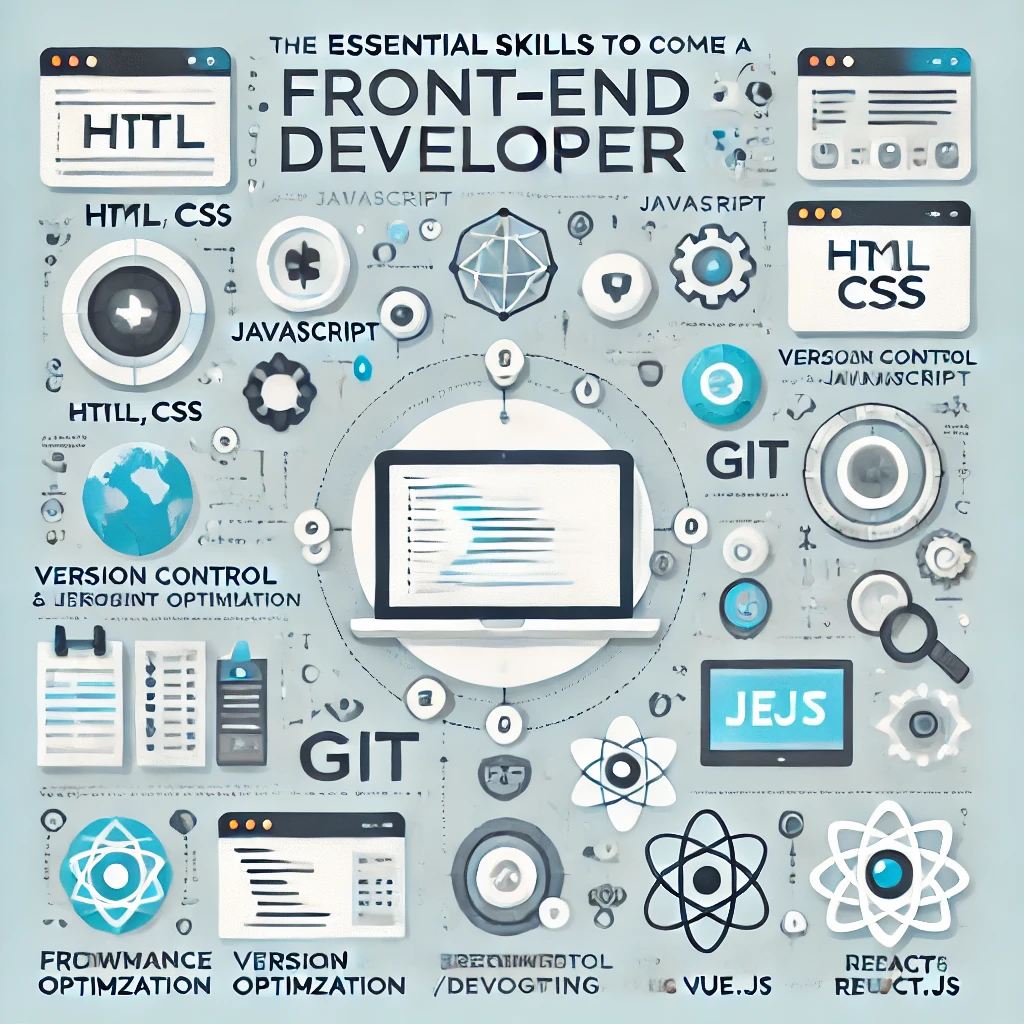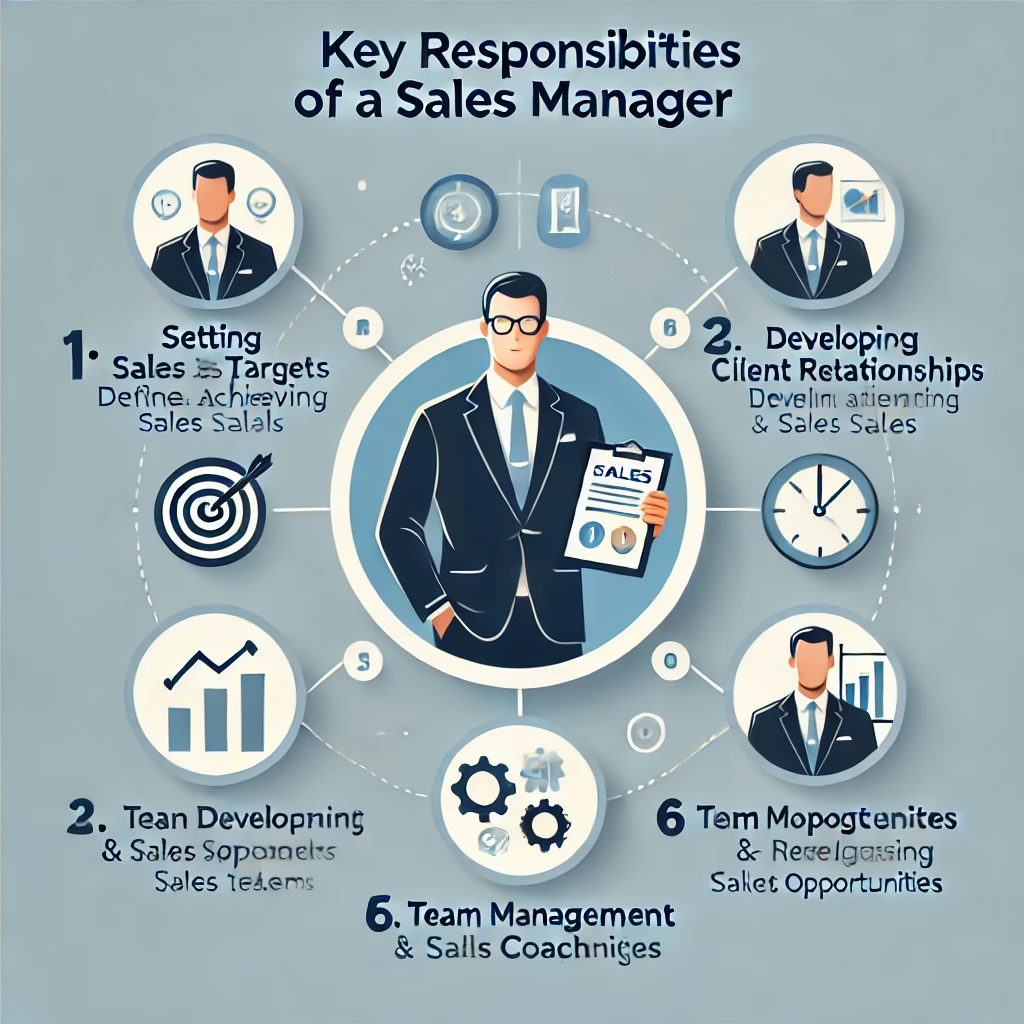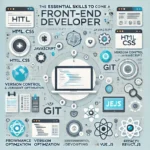How to Write a Good Resume-A good resume is a document that presents your qualifications, skills, and achievements in a way that grabs the attention of employers. It summarizes your professional journey, made specifically for the job you are applying for. A good resume is clear, concise, and error-free, highlighting ability to bring value to a company.
How to Write a Good Resume

Qualities of a Good Resume.
A good resume is a powerful tool that creates a strong first impression on potential employers. It should effectively present the following:
1. Clarity and Simplicity.
A good resume is easy to read. Use simple words and short sentences. Avoid long paragraphs. Divide your resume into sections like Contact Information, Skills, Experience, and Education. Use bullet points to make the information stand out.
2. Tailored to the Job.
Customize your resume for each job you apply for. Highlight the skills and experience that match the job description. For example, if the job requires “project management,” mention when you successfully managed a project.
3. Professional Format.
It should look clean and organized. Choose a simple font like Arial or Times New Roman, and use the same font size throughout (usually 10-12 points). Keep enough spacing between sections, and avoid flashy designs or too many colors.
4. Action-Oriented.
Use action words to describe what you’ve done in your previous jobs. Words, like managed, created, improved, or achieved, show that you took the initiative and delivered results. For example, instead of writing “responsible for sales,” write “increased sales by 15% in six months.”
5. Focus on Achievements.
Highlight your accomplishments, not just your responsibilities. Employers want to see how you made a difference in your previous roles. For instance:
- Not this: “Managed a team.”
- But this: “Led a team of 10 people to complete a project three weeks ahead of schedule.”6
6. Error-Free.
Double-check for spelling and grammar mistakes. Even one error can make you look careless. Ask a friend or use online tools like Grammarly to review your resume before sending it out.
7. Concise but Complete.
It should be short but include all important information. Keep it to one page if you have less than 10 years of experience. For more experienced professionals, a two-page document is fine.
8. Quantifiable Results.
Use numbers to show your impact. For example:
- “Increased customer satisfaction by 20%.”
- “Generated $50,000 in new revenue within six months.”
9. Keywords from the Job Posting.
Many companies use software to scan resumes for keywords. Use words from the job posting in your resume. For example, if the job ad mentions “team leadership” and “budget planning,” include those exact terms(if they are true for you).
10. Consistent Contact Information.
Ensure your name, email, phone number, and LinkedIn profile are up-to-date. Avoid using unprofessional email addresses. For example:
- Not this: coolguy123@email.com
- But this: john.smith@email.com
How to Choose the Right Resume Format.
The format of your resume is very important. It determines how easy it is for employers to find the information they need. There are three main formats to choose from:
1. Chronological Format.
- This is the most common format. It lists your work experience in reverse order, starting with your most recent job.
- Best for: People with consistent job history and no career gaps.
2. Functional Format.
- Focuses on skills rather than work history. It highlights abilities like project management, leadership, or technical skills.
- Best for: People with career gaps, those changing industries, or freelancers.
3. Combination Format.
- Combines both chronological and functional formats. It lists skills first, followed by work history.
- Best for: Professionals with strong skills and a solid work history.
How to Write a Cover Letter to Complement Your Resume.
A resume shows your skills, but a cover letter lets you tell your story. Writing a good cover letter can improve your chances of getting an interview.
1. Address the Hiring Manager by Name.
- Avoid using generic phrases like “To Whom It May Concern.”
- Look for the hiring manager’s name in the job description or the company’s website.
2. Start with a Strong Opening.
- Mention why you’re excited about the job and how your skills align with the company’s goals.
- Example: “I’m happy to apply for the Marketing Manager position at XYZ Company, where my 5+ years of experience in digital campaigns can help drive brand growth.”
3. Highlight Key Achievements.
- Use examples from your resume to show how you’ve solved problems or achieved results.
- Example: “At ABC Agency, I increased organic website traffic by 40% through a strategic SEO campaign.”
4. End with a Call to Action.
- Politely request an interview or the chance to discuss your qualifications further.
- Example: “I would love the opportunity to discuss how I can contribute to your team’s success. Thank you for considering my application.”
RELATED BLOG: Steps to Become a Data Analyst
Steps to Follow When Writing a Resume.
Creating a good resume involves breaking it down into simple, clear steps. Follow these steps to ensure yours stands out:
Step 1: Start with Your Contact Information.
Your contact information is the first thing employers should see. Include:
- Full Name: Use your legal name, not nicknames.
- Phone Number: Make sure it’s current and professional (avoid jokes in voicemail greetings).
- Email Address: Use a professional email address, such as firstname.lastname@email.com.
- LinkedIn Profile: Add the link to your updated LinkedIn profile.
- Optional: You can also include your city or location if relevant to the job.
Example:
John Smith
(555) 123-4567 | john.smith@email.com
LinkedIn: linkedin.com/in/johnsmith
Step 2: Write a Strong Summary.
The summary is a short paragraph at the top of your resume. It explains who you are and why you are perfect for the job. Keep it to 2-3 sentences.
Example for a Marketing Role: “Results-driven marketing specialist with 5+ years of experience creating and managing digital campaigns. Skilled in SEO, Google Ads, and data analytics. Proven ability to increase website traffic by 30% in one year.”
Example for an IT Role: “Experienced software developer with Java, Python, and cloud computing expertise. Developed and deployed applications that improved team efficiency by 40%. Seeking to contribute to innovative projects at a forward-thinking company.”
Step 3: Highlight Your Skills.
Make a list of skills relevant to the job. Divide them into:
Hard Skills: Specific technical skills like data analysis, coding, or budgeting.
Soft Skills: Personal attributes like communication, teamwork, or problem-solving.
Examples:
For IT:
- Hard Skills: JavaScript, SQL, Cloud Infrastructure.
- Soft Skills: Time management, and collaboration.
For Marketing:
- Hard Skills: SEO, Content Creation, Google Analytics.
- Soft Skills: Creativity, interpersonal communication.
Step 4: Detail Your Work Experience.
This is the most important part of your resume. Use bullet points to describe each job, starting with your most recent one. For each role:
- Start with your job title, company name, and dates of employment.
- List 3-5 accomplishments or responsibilities using action verbs.
- Use numbers to show results when possible.
Example of a Sales Role:
Sales Associate | ABC Retail | Jan 2020 – Dec 2022.
- Increased monthly sales revenue by 20% through personalized customer service.
- Trained and mentored 5 new employees, improving team efficiency by 30%.
- Managed a client base of 200+ customers and resolved complaints promptly, resulting in a 95% satisfaction rate.
Step 5: Add Education and Certifications.
Include your degrees, training, and certifications. Start with the most recent ones. Mention the degree, school name, and graduation year.
Example for Education:
- Bachelor of Science in Computer Science.
- University of XYZ, Graduated: 2021.
Example for Certifications:
- Google Analytics Certification (2023).
- Certified Project Manager (2022).
Step 6: Use Optional Sections.
You can add extra sections to your resume if relevant to the job. Some examples include:
- Volunteer Work: Highlight any non-profit work that shows leadership or skills.
- Languages: Mention languages you speak fluently.
- Awards: Include any awards that prove your skills or hard work.
RELATED BLOG: 10 Common Skills Required to Become a Virtual Assistant
Common Resume Mistakes to Avoid.
Even a well-written resume can lose its impact if it includes common errors. Avoid these mistakes to make yours stand out:
1. Using a Generic.
Template: Avoid sending the same resume to every job application. Instead, tailor your resume for each job by highlighting skills and experiences that match the job description. An example of a tailored change is if a job listing prioritizes “team leadership,” emphasize your leadership experience.
2. Writing Too Much or Too Little.
Too much: Avoid long resumes filled with unnecessary details like hobbies unrelated to the job.
Too little: Don’t leave out key accomplishments or skills that showcase your qualifications. Stick to 1-2 pages, depending on your experience.
3. Poor Formatting.
Avoid fancy fonts, inconsistent spacing, or cluttered sections. Use a simple, clean layout. Ensure proper alignment and spacing between sections.
4. Spelling and Grammar Errors.
Mistakes make you appear careless. Always proofread your document use online tools like Grammarly to check for errors. Ask a friend or mentor to review your resume for a fresh perspective.
5. Focusing on Responsibilities Instead of Achievements.
Employers want to see results, not just job duties. Instead of writing “Responsible for managing projects,” write “Managed 10 projects, completed 95% on time and within budget.”
6. Including Irrelevant Information.
Please leave out personal information like your age, marital status, or a photograph (unless the job specifically requires it). Also, avoid listing hobbies unless they directly relate to the job.
7. Forgetting to Include Keywords.
Many companies use applicant tracking systems (ATS) to screen resumes. Use keywords from the job description to ensure your resume gets noticed. For example, if the listing mentions “data analysis,” ensure that the term appears in your resume.
Conclusion.
A good resume is the foundation of a successful job search. You can create a resume that stands out to employers by focusing on clarity, relevance, and achievements. Avoid common mistakes, tailor your resume for each job, and always proofread it before submitting it.












